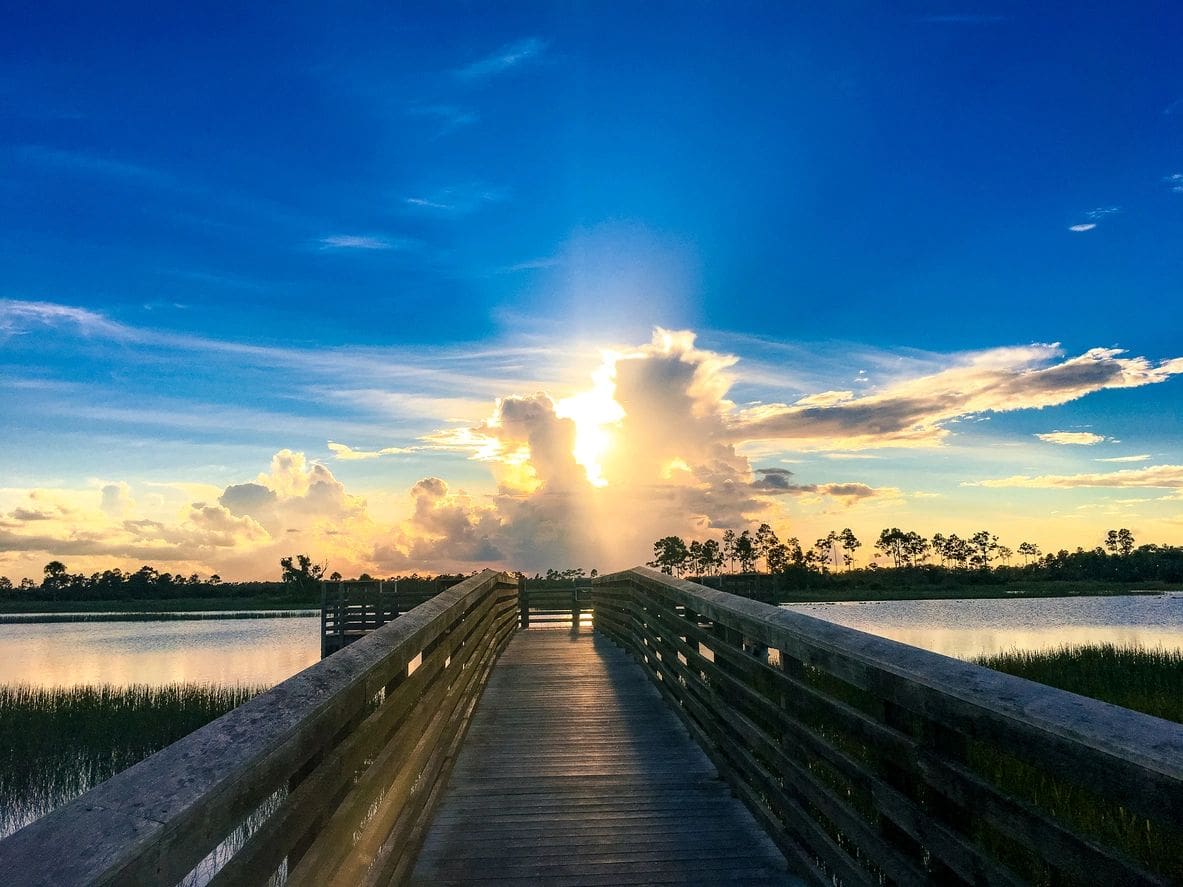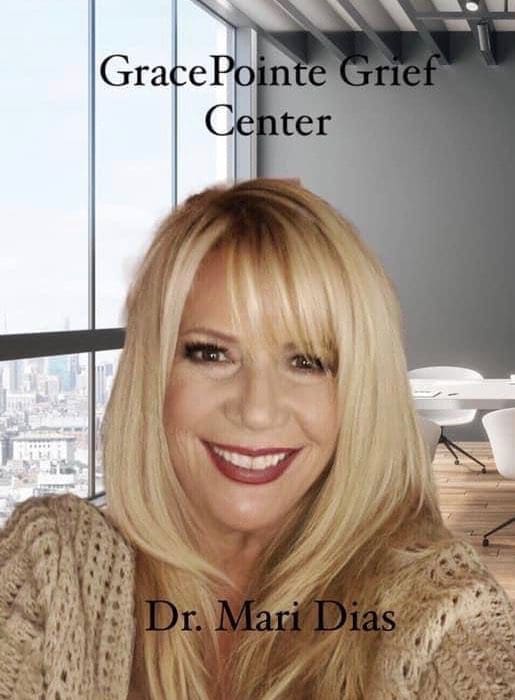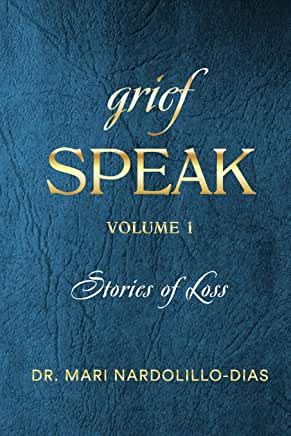Search Posts
Recent Posts
- Dr. Rosemary Costigan Named President of Community College of Rhode Island June 19, 2025
- RI Veterans: Did you know? 19.06.25 (Military Funerals, Job Fair, Benefits, Events) – John A. Cianci June 19, 2025
- East Providence First in U.S. to Equip All Firefighters with PFAS-free Gear June 19, 2025
- We Cook! Mill’s Tavern Saffron Bouillabaisse with Tarhana Lobster Jus June 19, 2025
- Rhode Island Weather for June 19, 2025 – Jack Donnelly June 19, 2025
Categories
Subscribe!
Thanks for subscribing! Please check your email for further instructions.

GriefSpeak: Looking in the rear-view mirror – Mari Nardolillo Dias
By: Mari Nardolillo Dias
Looking in the rear-view mirror- Caution objects may be closer than they appear
“I must go down to the seas again,
For the call of the running tide
Is a wild call and a clear call that
May not be denied; “(John Masefield, 1902, from ‘Sea Fever’)
A dear friend coined the term “bright spot” to describe a future event that keeps us motivated. Sometimes when there wasn’t anything to look forward to, she would say, ”I need a bright spot.”
I contend (without dismissing the idea of future bright spots) that we all have bright spots in our past. Finding this/these bright spots can help us with breathing, anxiety, stress and pain. And these bright spots may be more easily accessible, or closer than they appear. If we would focus.
When I am doing the work of a death doula, I often ask patients to find a bright spot, a favorite memory and focus on the picture in their minds, while coaching their breathing. I encourage them to use all their senses – where are you? See it. What do you smell? Inhale and exhale. What did you touch? Touch it. Experience the tactile stimulation of the object or person. What do you hear? Listen to it. What do you taste? Taste it. Immerse yourself in the entire experience, embrace the stimuli until you are in the moment.
It is quite fascinating to watch the monitors when a patient has returned to their bright spot. Their oxygen levels increase, heart rate lowers, and blood pressure decreases. These empirically-based physical signs are proof that bringing a memory into the moment, using all our senses and coached inhales and exhales are the proof of this powerful experience on the body. Whether in pain. Whether in stress.
My love of the water, whether on, under or near, was born in childhood at our family beach house. If I blink, I can see one of the upstairs bedrooms, with 2 double beds adorned with 6 tousle-headed children with sleep still in their eyes. At dawn. If I lifted my head and tilted it about 15 degrees to the left, I could look out the window and see the sun rise over the water. The glistening sun on the water took my breath away. It still does. I have spent a lifetime attempting to recreate those feelings. I found it.
As I look in the rear-view mirror, I can immediately travel to my bright spot. It gets closer than it appears the more often I transport myself. It is Block Island. (“The Block” to sailors and boaters alike).
I rented the same house, set high up on a cliff, for many summers. As the ferry approaches Old Harbor, I can see her welcoming me back, her sweeping deck smiling at my arrival, and imagine the kitchen filled with guests and cooking. The first time, before I entered into the world of death and dying, we carried a friend dying of AIDS. We positioned him on the deck to experience the sun, the sea, the sand and the moon. He died a month later. Other visits included a cadre of theater colleagues. In my mind’s eye I can see Charles balancing a pineapple on his head, the constant pour of kir, and musical laughter.
During another summer, I close my eyes and I am at the Bluffs (Mohegan), with my two soulmates, channeling Jim Morrison. I see it.
I smell the ocean air- thick and wet with dew and humidity, I re-experience the touch of sea glass, rubbing it between my two fingers, wondering from where it originated. I feel the grains of sand between my toes, and the slippery foray on the shore, balancing my bare feet as I jump from one wet rock to another. I hear the thunderous crashing of the waves against the rocks, “The call of the running tide”, the reassuring consistency of the timing, like a clock chiming the hour. I can taste the salt that sprays from the ocean as the wind carries it to assault my anticipating skin.
I have held the hands of many guests, some soft and young, others older and firm. I have stoked a fire on the beach that surrounds the Southeast lighthouse, danced on the beach to the music coming from Ballard’s or the Yellow Kittens. Late in the evening. Alone and unafraid. I have stroked the hair of loved ones, for either comfort or love.
I have both lost and found myself several times on this island. Relationships have waxed and waned. Yet the essence of the island sits in the center of my heart. Flows through my veins. “It is a wild call and a clear call that may not be denied.”
I encourage all of you to engage in this experience. For me, “I must go down to the seas again.” September will bring me back to the Block, but the senses that accost me on the island will live forever in my rear-view mirror. They are, indeed, much closer than they first appear.
_____

Dr. Mari Dias is a nationally board-certified counselor, holds a Fellow in Thanatology and is certified in both grief counseling and complicated grief. Dias is a Certified death doula, and has a Certificate in Psychological Autopsy.
She is Professor of Clinical Mental Health, Master of Science program, Johnson & Wales University. Dias is the director of GracePointe Grief Center, in North Kingstown, RI. For more information, go to: http://gracepointegrief.com/
_

Author, GriefSpeak
